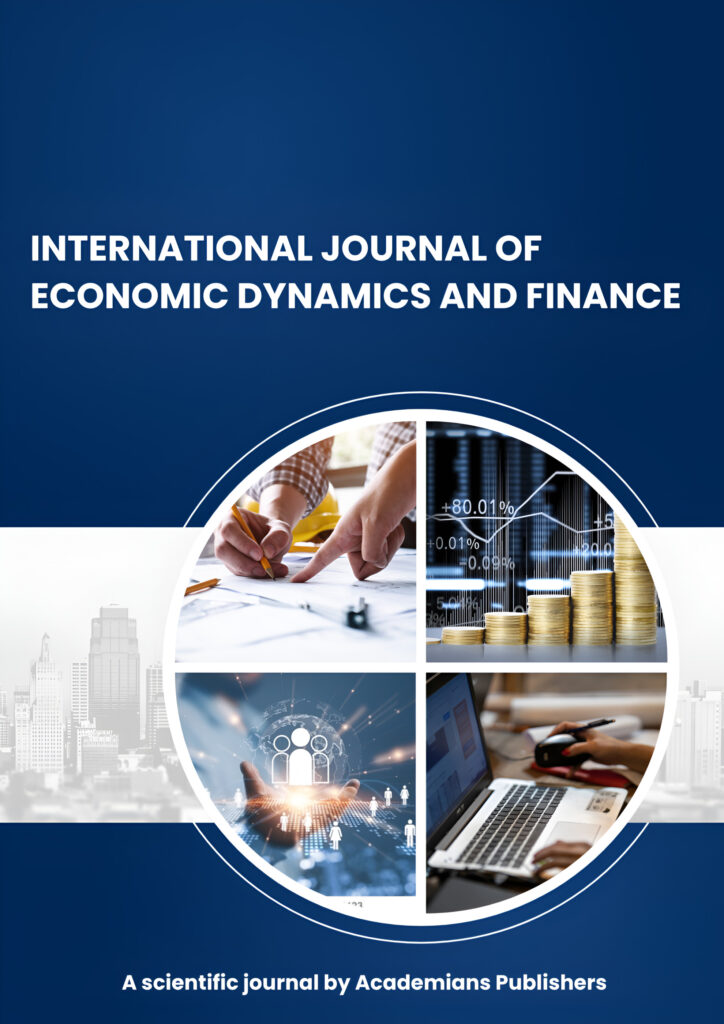
An Open Access Peer Reviewed International Journal.
Publication Frequency: Bimonthly
ISSN Online: XXXX-XXXX
Country of Origin: Nigeria
Language: English
Publisher Name: Academians Publishers
Deep learning, Econometric models, Hybrid forecasting, Macroeconomic indicators, RNN, SVAR, GDP, Inflation, High-frequency data, Economic policy analysis
Abstract: The proliferation of large-scale economic datasets and advances in deep learning have created new avenues for forecasting critical macroeconomic indicators. Traditional econometric models, while interpretable, often struggle to capture nonlinear, high-dimensional relationships. This paper proposes a novel hybrid framework that integrates recurrent neural networks (RNNs) with structural vector autoregressions (SVARs) to leverage the strengths of both approaches. The RNN component extracts complex temporal patterns from high-frequency financial and sentiment data, while the SVAR imposes economic theory–guided structural identification. We apply this framework to forecast U.S. quarterly GDP growth and inflation rates using a richly textured dataset including daily market returns, text-based sentiment indices, and monthly labor statistics from 2000 to 2024. The hybrid model exhibits a 15% reduction in root mean squared forecast error (RMSFE) for GDP and a 12% reduction for inflation relative to benchmark VAR and pure deep learning models. Structural impulse‐response functions derived from the SVAR component retain economic interpretability, demonstrating realistic propagation of shocks through key economic channels.
In addition to strong predictive performance, the proposed framework is designed to facilitate economic policy analysis by ensuring the hybrid model’s outputs remain aligned with established macroeconomic theory. The integration of high-frequency sentiment and financial data enables the model to capture rapid shifts in market expectations and labor conditions, offering timely insights during periods of economic uncertainty such as the global financial crisis and the COVID-19 pandemic. Robustness checks confirm that the hybrid model’s gains persist across alternative sentiment proxies and varying model specifications, underscoring its versatility. Our results highlight not only the value of combining machine learning with econometric structures for robust and interpretable macroeconomic forecasting, but also the potential of such frameworks to inform economic decision-making in a fast-evolving data landscape.
